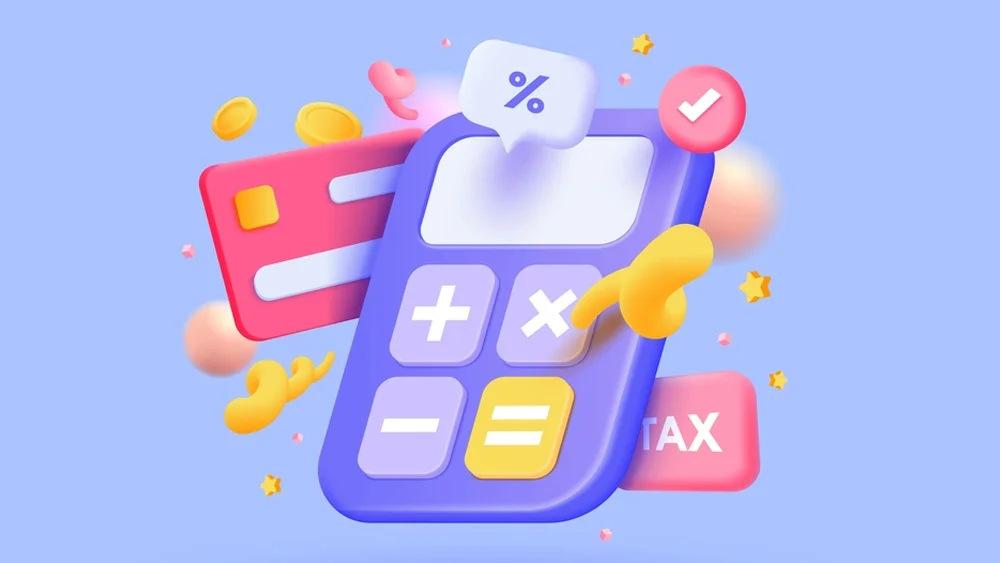A well-organized and persuasive proposal is a strategic need for winning new clients and projects in software development. It means the route map to the whole project, showing its objectives, scope, timeline, and costs.
This blog will help you to write a Software Development Proposal using proposal creation software, from its preparation to the finalization of the document. Moreover, it will give you some tips to make your proposal outstanding.
What is a Software Proposal?
A software proposal is a formal document describing some software development project for which a client is being pitched.
A good business proposal elaborates on what will be done and also demonstrates how it will be done by explaining the approach and methodology and adding related work experience. From this perspective, setting expectations and reaching an agreement with the client is essential.
How to Prepare for Writing a Software Proposal?
Take your time writing a software proposal; otherwise, your document could be riddled with weak points. Proper preparation will help you come up with a proposal that precisely reflects the client’s needs and your capabilities.
1. Understand the Client’s Needs
First, I need to understand the client and the project as much as possible. This includes questions relating to the objectives they have in mind, their challenges, and what they would expect from the solution. This understanding of clients’ geo location and the goals they wish to achieve will help you present a proposal that focuses on their needs.
2. Do Your Research
Research the industry in which the client operates, any competitors, and target audiences. This will enable you to present relevant and competitive solutions. This includes existing systems or processes that the client may have in place for you to ensure your proposal addresses their current infrastructure.
3. Outline the Structure of the Proposal
First, plan the structure of your technical proposal before writing a copy. This enables you to keep what’s in your head organized and that everything is covered concerning the most critical aspects. Typical sections include an executive summary, project objectives, scope of work, timeline, and budget.
4. Team and Resource Details
Find out who your project team members are and compile information on their skills and experience. email automation will be helpful while writing about your team in the proposal.
Future Trends and Innovation in Software Development
Software development’s plans are in the use of the power of automation AI in conjunction with data analytics to produce more specific and customized services. Proposals are increasingly incorporating the ability to collaborate in real-time.
So will allow both developers and clients to communicate and modify their offerings in real time. Conceptual elements such as prototypes or interactive demonstrations will be commonplace, providing clients with a clearer idea of what the final product will look like.
In addition, the importance of rapid delivery and agile methods will be highlighted, showing customers how you can adapt to changing requirements. Ethics and sustainability will play a bigger aspect, aligning with the increasing demand for ethical technological development.
Step-by-step Guide for Writing a Software Development Proposal
Here is a Step-by-step Guide for Writing a Software Development Proposal
Ensure you follow these steps to create an inclusive and persuasive software development proposal.
1. Title Page
Even before you start writing the proposal, you should develop a title page. It must include the title of your project, your company name, the client’s name, and even the date. A well-developed title page retains the professionalism of the proposal.
2. Executive Summary
The summary introduces the client to your problem, proposes your solution, and provides expectations of the outcome. This should be brief and informative, outlining a few values of the resolution you offer the client.
3. Project Objectives
Spell out the project objectives. Here, you describe what the project seeks to achieve and how it may benefit the client.
4. Scope of Work
The scope of work section outlines the project’s scope. This area involves discussing features, functionality, and the technologies used to realize the software’s functionality. Also, be clear on deliverables and when they will be delivered.
Example: “The scope is to develop a web application with user registration, data management tools, and reports, among other applications. Deliverables expected are fully functional software, user documentation, and training materials.”
5. Project Timeline
Now, further specify the project timeline into different phases or stages of the process: discovery, design, development, testing, and deployment. Provide an estimated completion date to let the client know approximately how long the project will take.
6. Budget and Cost Estimate
Provide a detailed breakdown of the project’s costs, development fees, licensing, continuous maintenance, and support fees. This will mean not having hidden pricing but explaining variables affecting cost.
7. Team Overview
Introduce the project team members and add their short bios to show experience and competence in relevant areas. This section engenders confidence that the team can deliver on a project to successful completion.
8. Methodology
Explain the method that will be used to complete the project. For example, Agile or Waterfall. Explain why this method is best for the project and how flexibility will benefit the client.
9. Project Risk Management
First, you have to identify potential risks associated with the project. This would mean that the client knows that you are proactive and ready for any problems that may pop up.
10. Conclusion and Next Steps
Finish your proposal by delivering your proposal with a clear conclusion that highlights the importance of the project as well as the excitement you have to collaborate with your client. To do this, be sure you include an action plan, for example, arranging a meeting for further discussion or seeking the client’s signature in order for the team to go on its way.
5 Software Proposal Writing Tips
- Clear and Concise: The text must avoid jargon and technical terms and be written in a way that is easy to read and comprehend.
- Personalize All Proposals: Each proposal must be customized according to all your clients and their industry. If you don’t, you’ll come across as less ambitious and not as convincing in the proposal.
- Value Focus: Demonstrate to the client what value or benefit your solution brings to him rather than what its features are. State how this software can solve the client’s problem and further enhance the client’s business.
- Use Visuals: Where necessary, use diagrams, timelines, or mock-ups to make things more transparent and break down the masses of tests.
- Proofread: Before you present your proposal, have it reviewed. A neat presentation reveals professionalism.
FAQ on Software Development Proposal
Q1: What is a software proposal?
A software proposal documents the details of a project, including its scope, timeline, and costs to the client. It is written to convince the client to choose the company’s services for his software development needs.
Q2: How long should a software proposal be?
The length may differ, but it is essential to cover all the details briefly. Usually, it goes from 5 to 10 pages.
Q3: What belongs in the budget section?
Add a line item that spells out all of the work’s associated costs: development fees, licensing costs, and anything that will require the client to pay ongoing support or maintenance fees.
Q4: How do I handle client revisions?
Spell out clearly in the proposal how revisions will be handled—including additional project time or cost.
By following these guidelines, you are sure to create professional, compelling, and best proposal software that communicates your experience and meets the client’s needs. Hence, your chances of winning the project and building a successful partnership will be raised.





